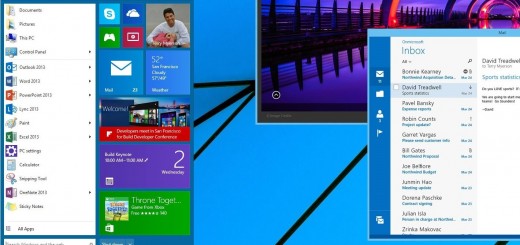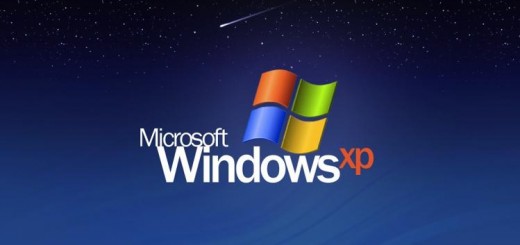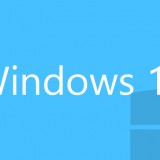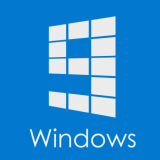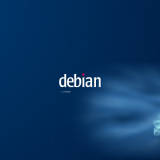Windows 9: Breaking down the barriers between PC, Xbox, Phone, and Tablet OSes
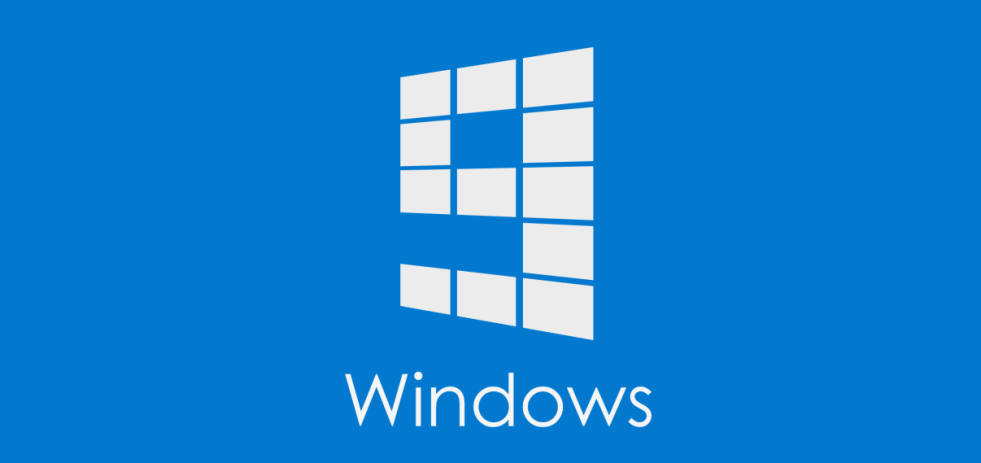
The Seattle Times are running a series of articles interviewing top Microsoft executives, who describe the company’s design direction for future OSes. And their vision is to create the largest software project in history.
For Microsoft, Windows 9 will be the pinnacle of the vision started with Windows 8 – the combination of several platforms, cloud services and dozen of software projects, tightly integrated under a cross-platform umbrella of software. It’s a vision that could change our entire industry.
A major part of why Windows 8 had so many rough edges was because it was an exercise in porting. But much as Windows Vista was — in some ways — a necessary stepping-stone to the more polished and beloved Windows 7, Windows 8 (and 8.1) was necessary as a stepping-stone on the path towards unification.
There was always a fair amount of code exchange between the mobile and PC OS trees of Windows. But in the era of Windows Mobile (2000-2010) that process was more infrequent and sporadic, with development of the two branches largely independent. With the launch of Windows Phone in 2010, Microsoft found its design direction — the Modern (Metro) UI.
With Windows 8 and Windows RT, Microsoft looked to have greater code sharing between its various products. But internally the situation had not substantially improved. While Microsoft had a unified design and a number of share core features across its platforms, it now had four separate code trees — Xbox, Windows RT, Windows, and Windows Phone. Each platform’s OS group had a separate design and software team. When a change was made to core APIs or Modern UI in one of these platforms, it was a time consuming process to port them to the others.
The first change came late last year with a leadership shakeup that unified Microsoft’s OS design teams under a single common banner. With Windows 8.1 and Windows Phone 8.1 (and the Xbox One), Microsoft began the Herculean task of unifying pieces of its API. But much work remained.
Head over to DailyTech for the full article, which gives us a great view into Microsoft’s vision for the future of Windows.


